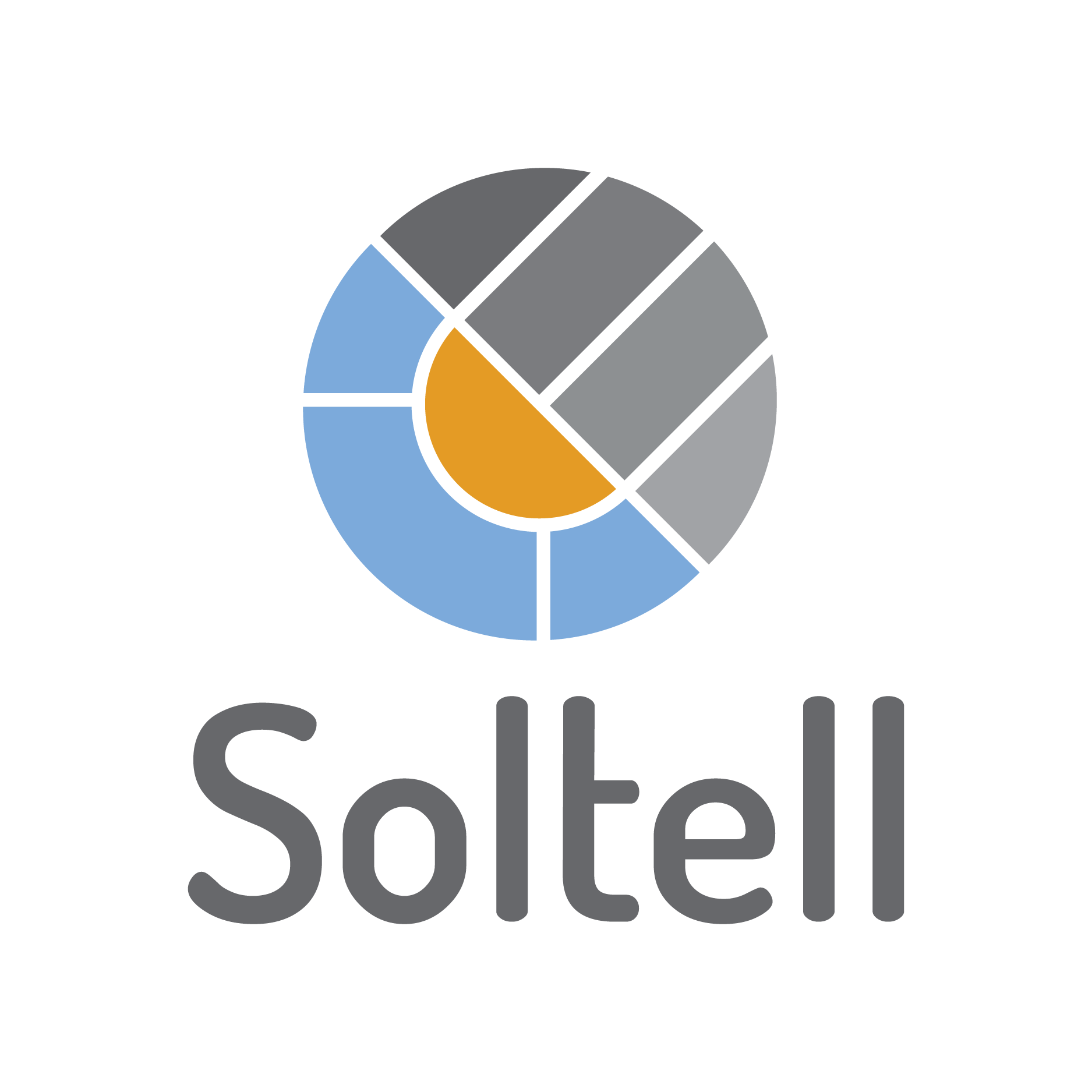Solar inverters market outlook - revising 2020
- Soltell Admin

- May 27, 2020
- 2 min read
Updated: Jul 17, 2024
While early this year 2020 had been posed for a strong growth in solar inverters shipments, things are now quite different. The solar PV market has not been hit as severely as the oil & gas sector, but the implications of the global health crisis are evident and growth is arrested in most locations worldwide. Moreover, the US-China tensions pose a shadow on the penetration of Chinese inverter manufacturers into Western countries, while China itself had already been scaling down its solar installation ambitions for a while.

Before we discuss the potential ups and downs later this year, let's take a look at the 2019 solar inverters survey published by Wood Mackenzie last month. Solar inverters shipments grew 18% last year, owing both to new installations and retrofits. The market was led by two Chinese giants Huawei and Sungrow and the more veteran German inverter company SMA. The three had been ruling the solar inverters business for five years and it could seem to continue with no disruption, until the 2020 market disruption came about.
The next spot in 2019 shipments rating was taken by US-based Power Electronics, followed by European Fimer, which has recently absorbed the solar division of ABB (former PowerOne). Next in the top 10 list were Chinese Sineng, Israeli SolarEdge, Chinese Growatt, Japanese TMEIC and Chinese Ginlong Solis. Overall, 5 Chinese manufacturers in the top 10 last year, 2 European, 1 US, 1 Japanese and 1 Israeli.
If looking at the commercial and residential segment, the Asian manufacturers dominance becomes less notable. In US for example, the distributed solar market was dominated in 2019 by Power Electronics, SolarEdge and Enphase. SMA saw a significant growth last year worldwide, and reached shipments of 11.4 GW, keeping its strong position in Europe and gaining share in US.
The global pandemic crisis marks change of trajectory for many top players, but specifically impacts the Chinese. With mounting trade tensions between US and China, higher transport costs and tighter solar installations market, it would become more difficult for the Chinese to beat local players at their home markets, especially in the commercial and residential segments. On the other hand internal local competition would also intensify and threaten profit margins for Western inverter manufacturers.
Commercial and residential solar integrators - interested to know more on Sensorless technology to measure PV performance and its integration into your solar management software or application? Fill-in the demo request to get details.




Comments